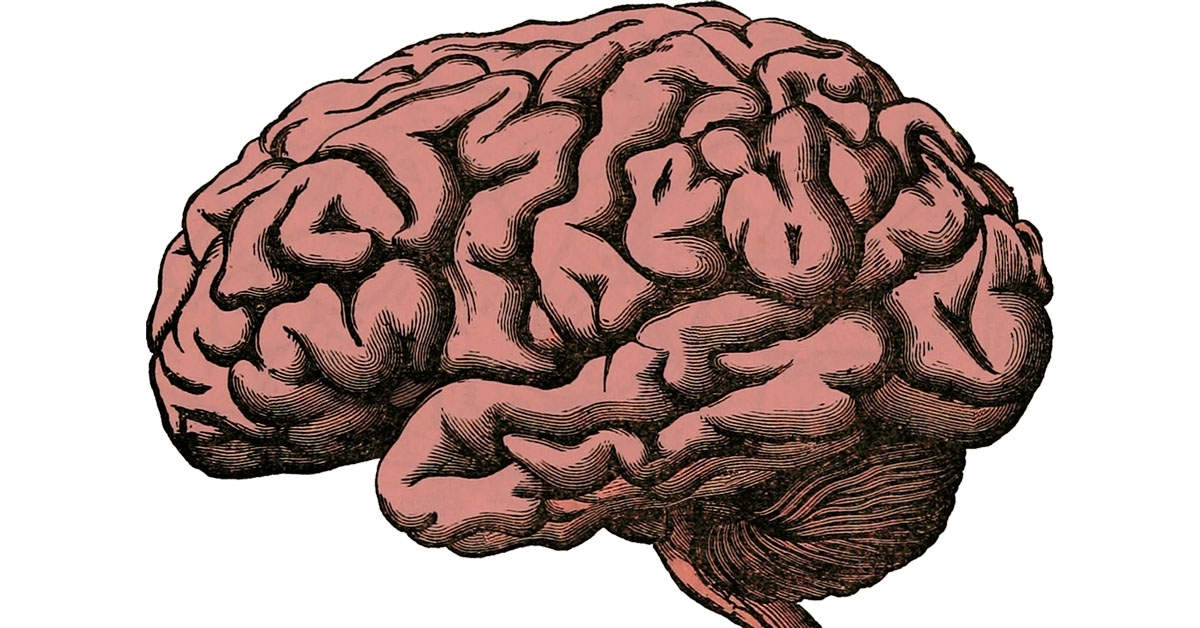Study Identifies Cause for Mysterious Cases of Epilepsy in Children
International collaboration uncovers mosaicism, a condition in which cells within the same person have a different genetic makeup, as a cause for pediatric seizures
Story by:
Published Date
Article Content
Epilepsy is present in 4% of the population, and is among the most common brain disorders in children. Modern medicine can prevent most seizure recurrences, but approximately 20% of patients do not respond to treatment.
In these cases, the reason may originate in patches of damaged or abnormal brain tissue known as “malformations of cortical development” (MCD), which results in a diverse group of neurodevelopment disorders. Surgical resection or removal of the patch can cure the seizures, and epilepsy surgery to improve neurological outcomes is now a key part of the modern medical armamentarium, but what causes the patches has largely remained a mystery.
Writing in the January 12, 2023 issue of Nature Genetics, researchers at University of California San Diego School of Medicine and Rady Children’s Institute for Genomic Medicine, collaborating with an international consortium of more than 20 children’s hospitals worldwide, report a significant breakthrough in understanding the genetic causes of MCD.
Members of the Focal Cortical Dysplasia Neurogenetics Consortium investigated 283 brain resections from children across a range of MCD types, with parental consent, looking for potential genetic causes. Because most brain tissue in these children is normal, the scientists focused on mutations present in a small subset of brain cells, a phenomenon termed genetic somatic mosaicism.
“This was a decade-long journey, bringing specialists together from around the world, to recruit patients for this study,” said senior study author Joseph Gleeson, MD, Rady Professor of Neuroscience at UC San Diego School of Medicine and director of neuroscience research at the Rady Children’s Institute for Genomic Medicine. “Until recently, most hospitals did not study resected brain tissue for genetic causes. The consortium organized a biobank to store tissue for high-throughput mosaicism analysis.”
Previous research by Gleeson and colleagues had shown that genetic somatic mosaicism in the mTOR signaling pathway was a contributing factor, said co-first author Changuk Chung, PhD, a postdoctoral fellow in the Gleeson lab.
“But most patients remain undiagnosed, which hinders treatment. We tested for hidden mutations, detectable only by greatly expanding the cohort size and improving methods so that the results could be meaningful. We collaborated to solve technical and logistical bottlenecks. The pieces fell into place, but it took 10 years.”
The team conducted intensive genomic discovery using state-of-art somatic mosaic algorithms developed by the National Institutes of Health-sponsored Brain Somatic Mosaicism Network, of which UC San Diego is a member.
“We tried our best to detect mutations in as little as 1 percent of cells,” said co-first author Xiaoxu Yang, PhD, a postdoctoral scholar in Gleeson’s lab. “Initially we failed. To solve these problems, we needed to develop novel artificial intelligence methods to overcome barriers in sensitivity and specificity.”
The team ultimately identified 69 different genes carrying somatic brain mutations, the majority of which have never previously reported in MCD.
“We can draw parallels with the cancer field because these mutations disrupt cellular function and need to be resected,” said co-first author Chung. “However, unlike cancer cells, brain cells mostly do not divide so these cells misbehave by stimulating epileptic seizures. The question that arose was whether the newly found gene mutations were sufficient to cause MCD disease.”
Gleeson said the scientists found that the genes converged on calcium signaling, gene expression and synaptic functions, and noted that when the mutations were introduced into a mouse model, abnormalities similar to those seen in patients were observed. The study authors suggest the findings could be used to improve diagnosis and develop cures for MCD disease.
“The MCD genes in patient brains have demonstrated critical roles during cortical development,” said Gleeson. “These findings could lead to new molecular classifications for MCD, and ultimately to personalized therapies for epilepsy.”
For a complete list of co-authors, see full study.
Funding for this research came, in part, from the National Institutes of Health (grants NIMH U01MH108898 and R01MH124890, NIA R21AG070462, NINDS R01NS083823), the San Diego Supercomputer Center and UC San Diego Institute of Genomic Medicine.
Full video: https://youtu.be/XiEoTMunli4
You May Also Like
New Study Reveals Source of Rain is Major Factor Behind Drought Risks for Farmers
Science & EnvironmentStay in the Know
Keep up with all the latest from UC San Diego. Subscribe to the newsletter today.




